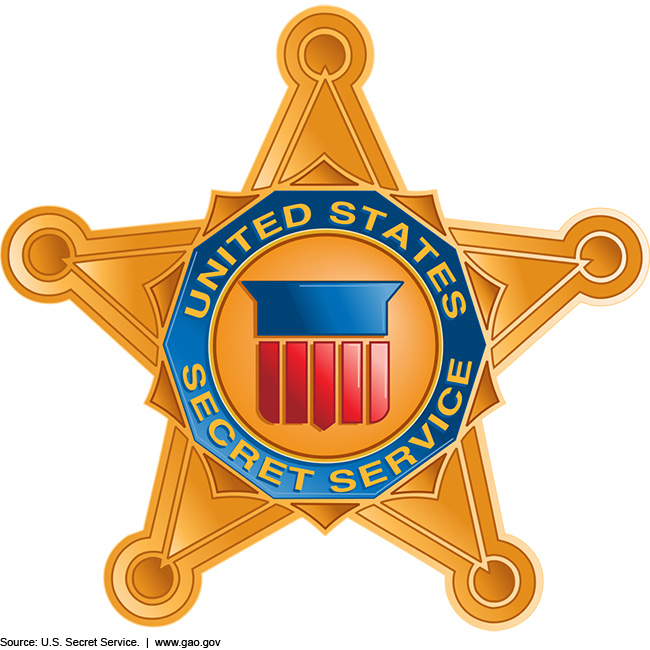The Secret Service's IT Workforce
In addition to protecting the President, the Secret Service also investigates and prevents financial and electronic crimes—such as identity theft, counterfeiting, and computer-based attacks on the nation’s financial, banking, and telecommunications infrastructure. To do this, it relies heavily on its IT infrastructure and workforce.
In May, the Secret Service welcomed a new director, James Murray, who inherited a number of longstanding workforce issues, such as low employee morale and retention issues.
We recently looked at how the Secret Service is managing these issues for its IT workforce. Today’s WatchBlog explores.
Planning and management
There are a number of leading practices that can help federal agencies effectively plan and manage their workforces. We found that the Secret Service has fully implemented some of these leading practices in its IT department. 
For example, the agency has worked to determine root causes of employee morale problems by analyzing employee survey results using techniques like comparing demographic groups, benchmarking against similar organizations, and linking findings to action plans. Additionally, officials have established and tracked metrics for improving low employee morale, and begun to provide regular performance feedback.
Room for improvement
However, the Secret Service hasn’t fully implemented other leading practices related to strategic planning, recruitment and hiring, training and development, employee morale, and performance management. For instance:
- The Secret Service has taken steps to establish a strategic workforce planning process for its IT workforce. However, its Office of the Chief Information Officer (OCIO) did not reliably determine the number of IT employees it needs to support the office’s functions.
- The OCIO implemented recruiting and hiring plans but had not established and tracked metrics for monitoring the effectiveness of these recruitment and hiring activities for its IT workforce.
- The OCIO was in the process of developing a training program for its IT employees but had not yet defined required training for these staff.
- The Secret Service has established and tracked metrics for improving low morale; however, it had not demonstrated sustained improvement in the morale of its IT staff.
- The Secret Service requires leadership to make distinctions between levels of staff performance. However, the performance plans for IT staff did not identify performance expectations related to all technical competencies.
We recommended 9 actions the Secret Service should take to improve the management of its IT workforce, including regularly analysis to ensure that its employees have the necessary skills. To learn more, read our full report.
- Comments on GAO’s WatchBlog? Contact blog@gao.gov.
GAO Contacts
Related Products

GAO's mission is to provide Congress with fact-based, nonpartisan information that can help improve federal government performance and ensure accountability for the benefit of the American people. GAO launched its WatchBlog in January, 2014, as part of its continuing effort to reach its audiences—Congress and the American people—where they are currently looking for information.
The blog format allows GAO to provide a little more context about its work than it can offer on its other social media platforms. Posts will tie GAO work to current events and the news; show how GAO’s work is affecting agencies or legislation; highlight reports, testimonies, and issue areas where GAO does work; and provide information about GAO itself, among other things.
Please send any feedback on GAO's WatchBlog to blog@gao.gov.




